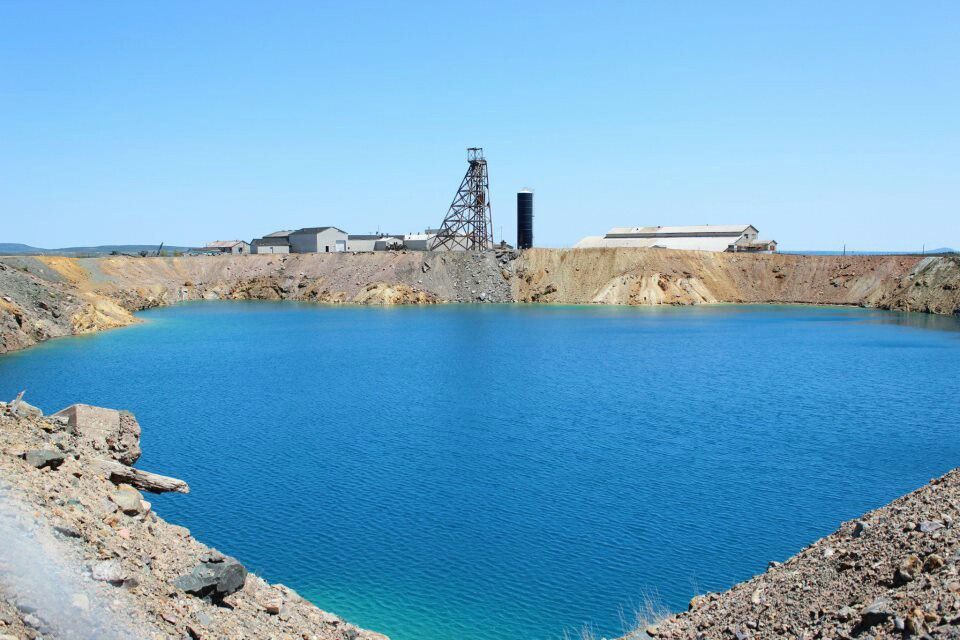Buchans is a town located in the central part of the island of Newfoundland in the province of Newfoundland and Labrador. It is situated on the northwest shore of Red Indian Lake on the Buchans River. Take a look below for 30 fascinating and interesting facts about Buchans, Newfoundland and Labrador, Canada.
1. The town is located within the statistical unit of Census Division No. 6, approximately 72 kilometres southwest of the Trans-Canada Highway at the terminus of Route 370.
2. According to Statistics Canada, it had a population of 642 in 2016 (down from 696 in 2011), with 417 private dwellings.
3. Its current mayor is Derm Corbett.
4. In 1905, the Anglo-Newfoundland Development Company (AND) was granted mineral rights to 2,320 sq mi (6,000 km2) of central Newfoundland for 99 years; any commercial mining would result in payment of a 5% royalty to the Dominion of Newfoundland.
5. Matty Mitchell, a prospector and guide of Mi’kmaq and Montagnais ancestry employed by AND, is credited with the original discovery of zinc-lead-copper ore on the banks of the Buchans River. Most accounts state that he made his discovery early in the summer of 1905.
6. Unfortunately, no milling process at the time could adequately separate the complex mixture of copper, lead and zinc sulphides. AND Company did try to mine this site seasonally from 1906 until 1911.
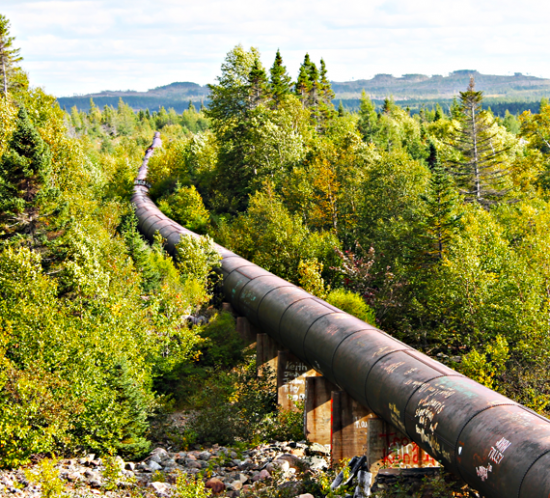
7. In 1916, the American Smelting and Refining Company (Asarco) learned of the Buchans River ore deposit and obtained samples for metallurgical testing.
8. It wasn’t until 1925 that a suitable method for separating the various metals in Buchans ore was finally perfected by Asarco.
9. Asarco leased the mining rights to the Buchans River Mine; In return, the AND Company would receive 50 per cent of the profits from the mine’s development.
10. In the spring of 1926, Asarco began prospecting for additional orebodies on the lease land, led by Asarco engineer J.Ward Williams and Swedish Geophysicist Hans Lundberg.
11. This prospecting led to the discoveries that would ensure a long and prosperous mining operation at Buchans and the construction of a permanent company town.
12. The original 1905 Buchans discovery made by Matty Mitchell was only the first in a series of discoveries that would lead to 57 years of continuous mining later during the life of the down. “Old Buchans” as that mine was called, only produced a small percentage of the ore at Buchans – 217,135 tons.
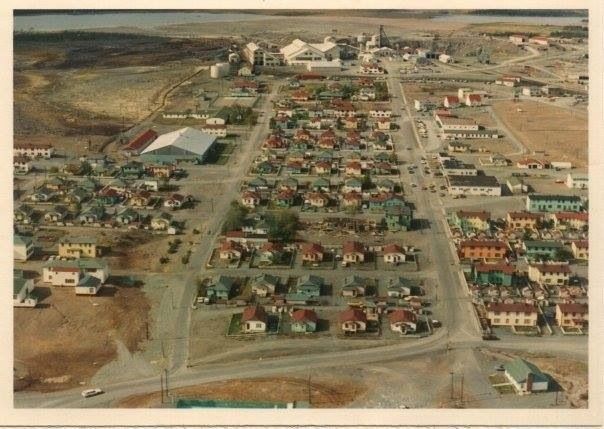
13. It was mined from 1943 to 1956 [Asarco accessed this orebody not through the original 1906-1911 shaft but connected to the mine primarily via 1 level in Oriental] and again in 1977 and 1978 [1977-78 – open pit/surface]. Besides Old Buchans, four major mines operated at different times between 1927 and 1984 – Lucky Strike Mine, Oriental, Rothermere, and MacLeans.
14. Lucky Strike orebody, named because it was discovered after a chance change of plans in exploration, was discovered on July 14, 1926. This mine, with its iconic 100 ft headframe overlooking the town; would produce ore from 1928 to 1958 and again from 1972 to 1979.
15. In that time, 6,253,660 tons of ore were produced at Lucky Strike. As with all underground mines at Buchans, its nowmal underground “levels” were approximately 200 ft apart from one another and included elaborate workings for an office, explosives magazine, lunch room, and other functional areas. Lucky strike mine shaft extends 714 ft underground.
16. Oriental orebody, named due to its location east of Buchans River, was discovered on August 7, 1926. It would go on to produce ore as an underground mine from 1935 to 1969 and again briefly from surface/pit sources from 1980 to 1981 and from 1983 to 1984. 3,372,224 Tons of ore were produced over the life of Oriental mine.
17. Rothermere was discovered near the end of 1947. It was named after Lord Rothermere, whose family founded the AND company. The Rothermere mine shaft was 2,505 feet deep. The mine operated from 1950 to 1978. It produced a total of 3,508,226 tons of ore.
18. The deepest orebody mined at Buchans was MacLeans. It was named after Dr. Hugh J. MacLean, Asarco’s chief geologist in Buchans from 1941 until his tragic death in a bush plane crash at South Pond in 1951. MacLeans was discovered in 1950. MacLeans mine shaft was completed at a depth of 3,526 feet below surface [though the mine is actually deeper than this due to the mining of MacLean’s extension in 1983 and 1984 through a “winze” (diagonal decline) tunnel leading to “21 level.”] The mine produced ore from 1959 to 1981 and from 1983 to 1984. MacLeans produced a total of 3,514,989 tons of ore.
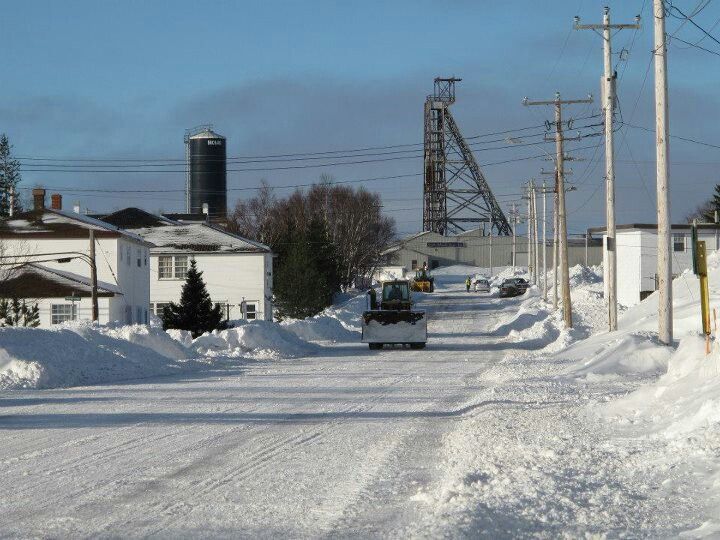
19. There were four official strikes in the history of Buchans mining operation. The first was in 1941 and lasted 15 days. The second, involving just miners, happened in 1955 and lasted 36 days. The third strike lasted from June 12 to November 12, 1971. The fourth, final and longest strike lasted from March 15 to October 2, 1973.
20. Between 1927 and 1984, the years of Asarco mining at Buchans, a total of twenty-three men lost their lives in accidents. The majority of these deaths occurred in the earlier years of the operations.
21. Most of the employees working on the development of the mine, construction of the town, and construction of the railway were housed in temporary camps.
22. The first worker’s home in Buchans was completed on March 13, 1927; twenty-six homes were completed by the end of that year. By the time of first concentrate production in September 1928, there were 56 housing units, an apartment house, a staff house, hospital, a town hall, and several bunkhouses in the town.
23. Several businesses including a retail store, a laundromat and a barber shop had also been established. Both the company and the Roman Catholic Church opened schools in the town.
24. In 1929, the company constructed tennis courts, a ski run, an athletic field, and, in winter months, converted one of its concentrate sheds into a skating rink. Buchans had running water, sewage, electricity, and other services in place by 1928. The town would grow in size and prosper throughout the next few decades.
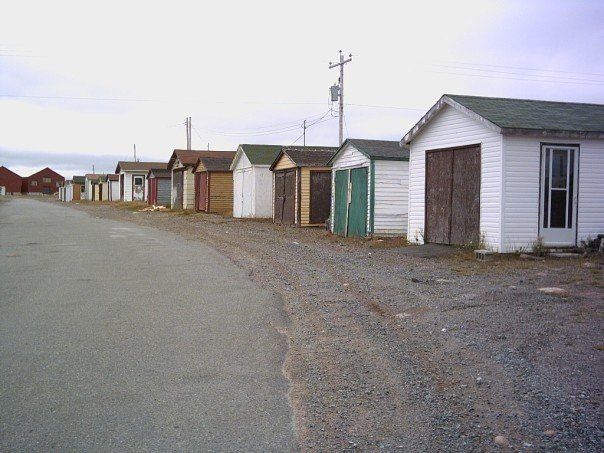
25. From 1927 until the late 1970s, most town services and infrastructure were administered directly by the company. Company support, subsidization and direction also continued during that time for most of the town’s major recreational services.
26. After the Buchans highway was opened in 1956, several families who wished to own their own houses independent of the company-administered town settled on the banks of the Buchans River at the point where the highway crossed it, in a settlement known as “Pigeon Inlet.”
27. This settlement was named after the fictional community of “Pigeon Inlet” created by Newfoundland writer Ted Russell. In 1963 these houses were re-located to a subdivision on the southeast corner of town.
28. The subdivision, which became known as “Townsite” became the Local Improvement District of Buchans. Residents of “Townsite” owned their own homes and managed municipal affairs independently of Asarco.
29. On October 1, 1978, the company town became a separate local improvement district.
30. The two municipal governments merged to form the first democratically elected municipal government for the entire town on June 18, 1979.

